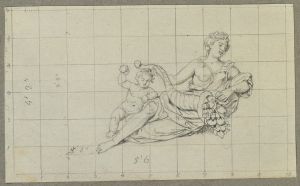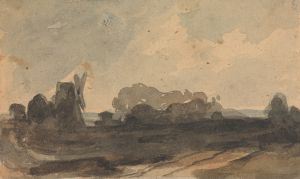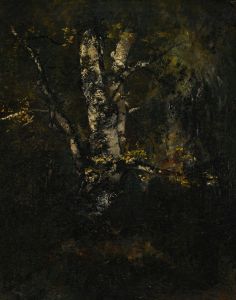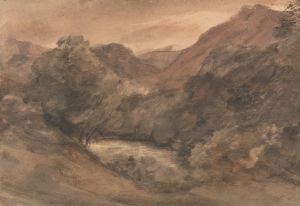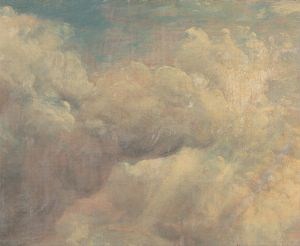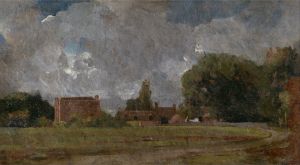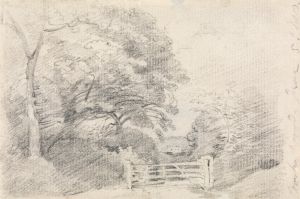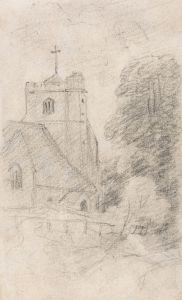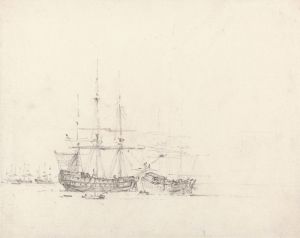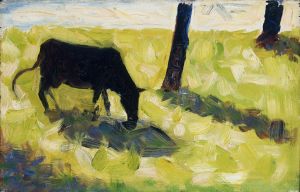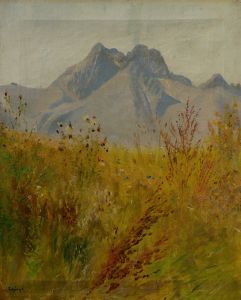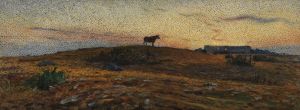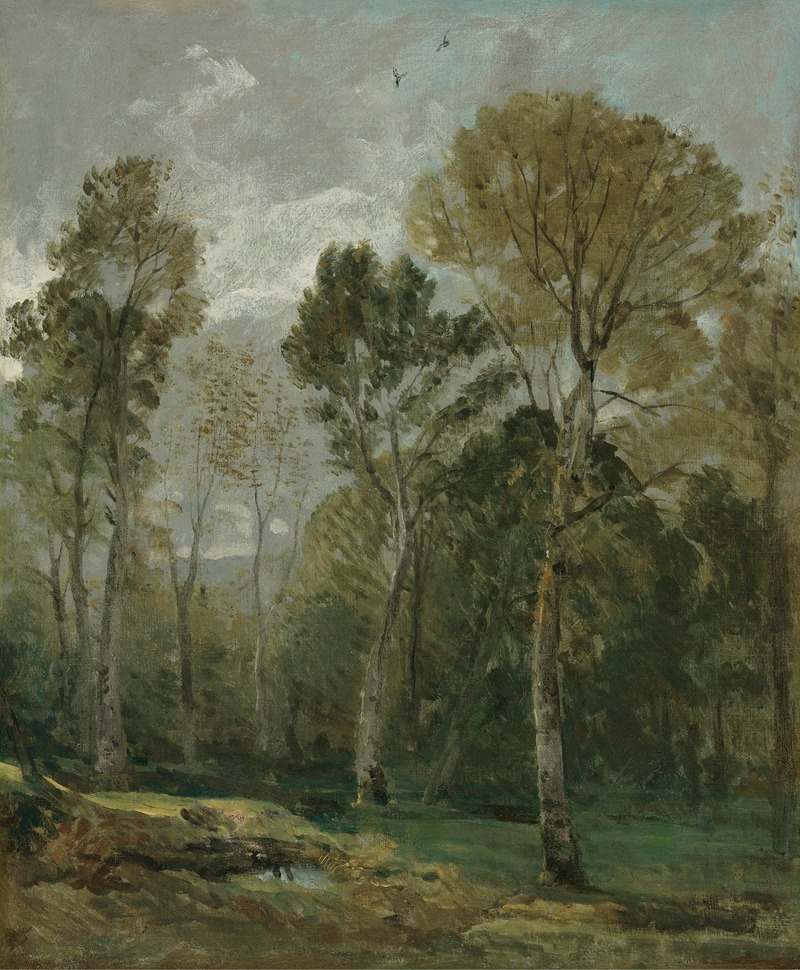
View Of A Copse
A hand-painted replica of John Constable’s masterpiece View Of A Copse, meticulously crafted by professional artists to capture the true essence of the original. Each piece is created with museum-quality canvas and rare mineral pigments, carefully painted by experienced artists with delicate brushstrokes and rich, layered colors to perfectly recreate the texture of the original artwork. Unlike machine-printed reproductions, this hand-painted version brings the painting to life, infused with the artist’s emotions and skill in every stroke. Whether for personal collection or home decoration, it instantly elevates the artistic atmosphere of any space.
"View of a Copse" is a painting by the renowned English landscape artist John Constable, who is celebrated for his naturalistic depictions of the English countryside. Constable was born on June 11, 1776, in East Bergholt, Suffolk, and he became one of the most significant figures in British art, particularly known for his landscape paintings that capture the beauty and essence of rural England.
John Constable's work is characterized by his attention to detail and his ability to convey the changing moods of the natural environment. He often painted scenes from his native Suffolk, and his works are noted for their freshness and vitality. Constable's approach to landscape painting was innovative for his time, as he often painted en plein air, or outdoors, to capture the transient effects of light and weather.
"View of a Copse" is one of Constable's many works that exemplify his dedication to portraying the natural world with accuracy and emotion. A copse is a small group of trees, and in this painting, Constable captures the serene beauty of such a setting. The painting likely features the lush greenery and dappled light that are characteristic of Constable's landscapes. His technique often involved using a palette knife to apply thick layers of paint, creating texture and depth that bring the scene to life.
Constable's landscapes were not merely topographical; they were imbued with a sense of the sublime and the picturesque, reflecting his deep appreciation for nature. His work was influenced by the 17th-century Dutch landscape painters, as well as by the Romantic movement, which emphasized emotion and individualism.
Throughout his career, Constable faced challenges in gaining recognition. His style was initially met with resistance in England, where the art establishment favored historical and classical subjects. However, his work found a more appreciative audience in France, where it influenced the Barbizon School and later the Impressionists.
Despite the initial lukewarm reception in his home country, Constable's reputation grew over time, and he became a full member of the Royal Academy in 1829. Today, he is regarded as one of the greatest landscape painters in art history, and his works are held in high esteem by art historians and collectors alike.
"View of a Copse" reflects Constable's mastery in capturing the essence of the English landscape. While specific details about this particular painting's creation and current location might not be widely documented, it remains an example of Constable's enduring legacy in the world of art. His ability to convey the beauty and tranquility of nature continues to resonate with audiences, making his work timeless and universally admired.





